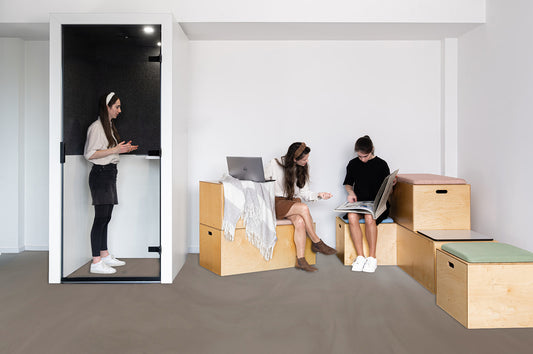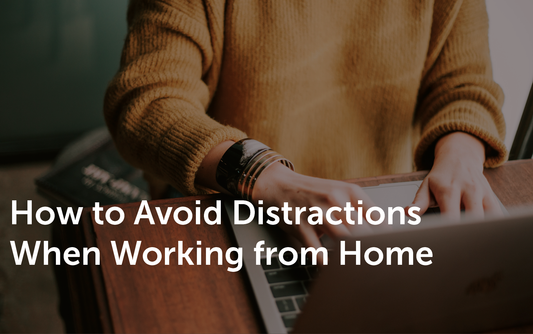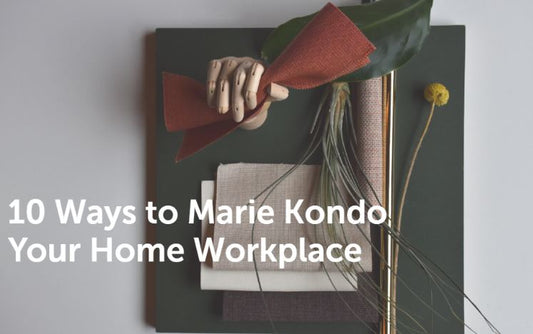
The boundaries between work life and home life were dissolving even before the current crisis. Everyone did everything everywhere: work happened everywhere, and everything happened at work. This had led to workplaces becoming more varied and multimodal. In recent years we’ve noted the rise of the Hospitality Workplace —which blends elements of the hotel, sports club, café and restaurant with the office—as well as the Evolving Space trend: offices have become more like shared homes, and now often include spaces such as kitchens, teapoints, sofa areas, quiet spaces and so forth.
The Hybrid Workplace however is something different. The interim period between now and when we reach through to vaccination will be a period of experimentation; a time in which we’ll settle for a more permanent work state for the future based on our learnings during COVID-19. We see this imminent era of reality as ‘The Hybrid Workplace’; the workplace and the home working together so the average worker would say they ‘work from both’. It will be a blend of different kinds of contemporary workplaces into a hybrid form: a fluid, adaptable synthesis of all the best trends in workplace design. Here’s why it’s necessary…
Two Problems with Today’s Workplaces
Social psychologist Dr. Ron Friedman writes that “the future of the workplace is a location that attracts employees who want to come there because it facilitates their performance.” He goes on to say that “the answer lies in building offices that optimize space for performance instead of just profitability.” But how can spaces be optimised for better performance?
In order to do this, there are a couple of problems that need solving:

The first is that around half of employees can’t find the right kinds of spaces they need at work. Spaces for quiet focus, spaces for group collaboration, spaces for relaxation and so on.
The second problem is that every workforce contains entirely different personalities and working styles. Some are introverts, while others are introverts. Some are millennials, while others are boomers. Some won’t even be there in the building, they’ll be working remotely. This diversity is what helps businesses to thrive. But it also means that employees require more flexibility in their workplaces in order to thrive. Just as there’s no “one size fits all” solution to office design, there’s no “one person fits all” solution for the perfect employee.
How the Hybrid Workplace Works
Many designers haven’t kept up with the fast pace of change of how we work. Right now there are five dominant approaches to office design: enclosed offices, open-plan offices, hot-desking offices, activity-based offices and agile offices.
But which of these is best for performance?
The answer is none of them. Or, to look at it another way: all of them.

Rather than choosing just one of these models, designers should consider building a Hybrid Workplace incorporating all of these approaches; a workplace made up of a variety of spaces that can suit each different employee’s changing needs over the course of a day.
Instead of focusing on what an office is made of, designers and managers should focus on how it’s used by employees. By doing so, they can move from short-term thinking about maintaining productivity to long-term thinking about how to become more productive.
How to Keep Moving Forward
The Hybrid Workplace will become the norm this decade. Employees can move around the office, sure, but furniture should also move around them. We should think of the workplace as a dynamic piece of architecture; a flowing, adaptable, imaginative space without walls. When we think about the Hybrid Workplace, we should think about a changing stream of zones for different kinds of working, collaborating, thinking and socialising.
Architecture, once built, is usually hard to rethink and reconfigure. However, by using room dividers and flexible, modular furniture systems—what we at Spacestor like to call “architecture within architecture”—the office can become a Hybrid Workplace that is forever changing and adapting. It can transform in stages, from hybrid to hybrid, and grow and evolve with the company.





